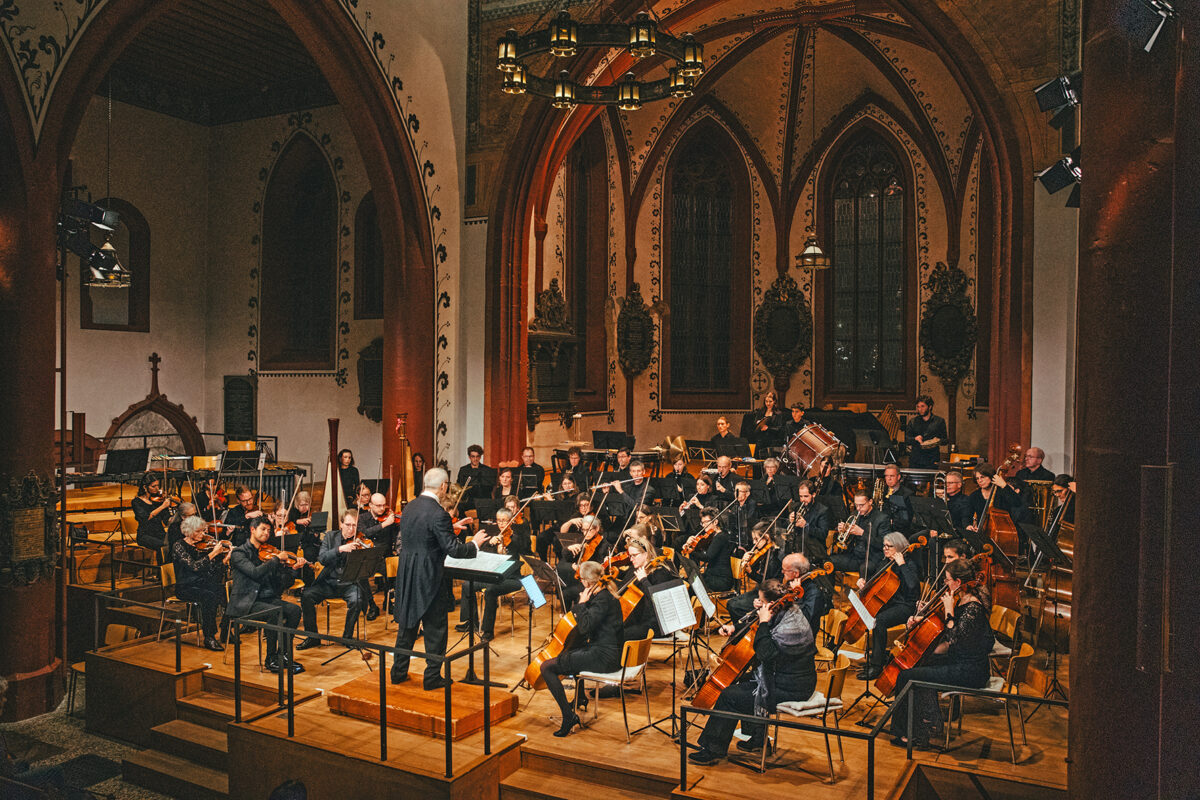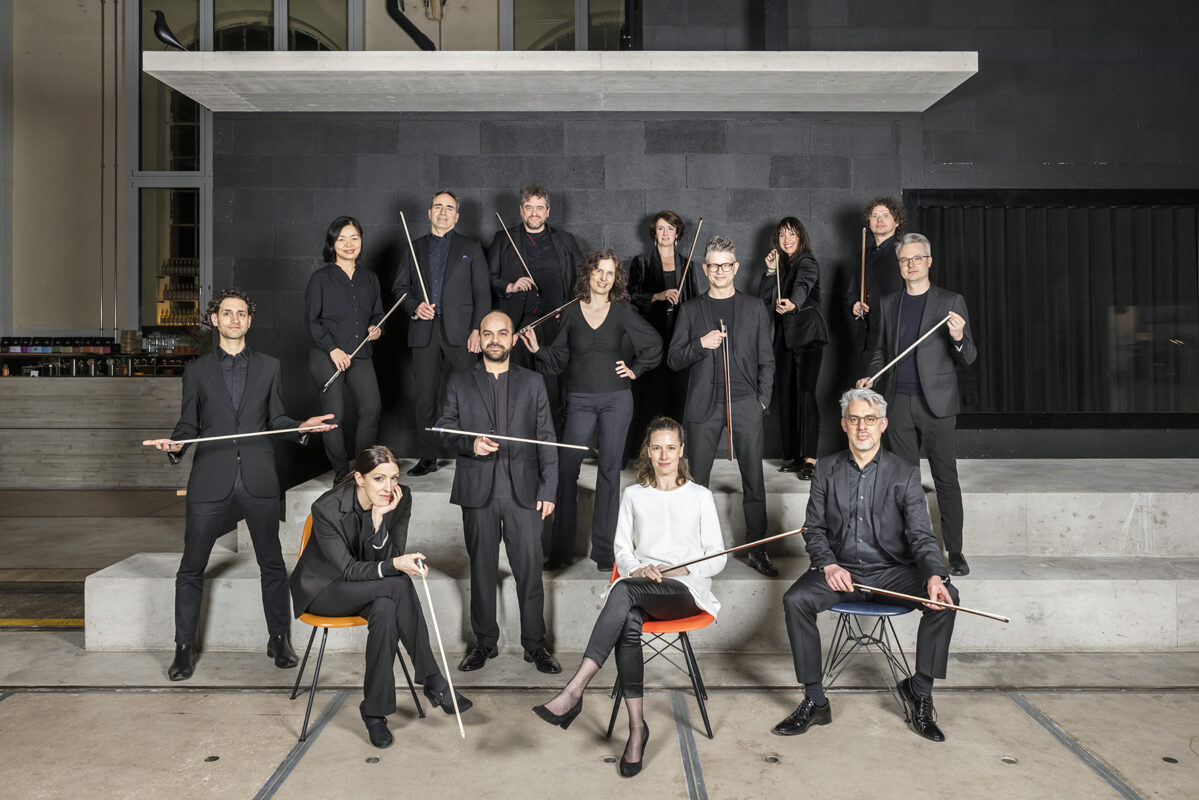"The Groovy Drumbeat": Research in music lessons
With the support of the Swiss National Science Foundation, a team from the Lucerne University of Applied Sciences and Arts set out to introduce young people to groove-related research. A field report.

The topics of music research are as diverse as the subject matter itself and the knowledge gained does not increase on a monthly or weekly basis, but on a daily basis. However, if you take a look at how many of these findings actually end up in a broader public discourse, it quickly becomes very meagre.
I am part of a research team at the Lucerne School of Music (HSLU), led by Olivier Senn, which is dedicated to exploring the "groove", a phenomenon from the psychology of perception. We experience groove when we feel the urge to move to the music while listening to it and this is accompanied by positive emotions. A completely everyday phenomenon, almost everyone knows it.
In Psychology of Music and Music Perception (two important journals specializing in the perception of music, which also includes groove research), over 100 articles were published in 2024. Now everyone can ask themselves how many of these studies they have come into contact with in everyday life. If I wasn't working in science, I would probably answer this question with "none at all". Research findings reach us almost exclusively when they are so spectacular that they end up in the science section of a major daily newspaper.
This is also due to the fact that the dissemination of results to the general public tends to be neglected in the research process. Research is mostly carried out at colleges or universities. Third-party funding has to be acquired for the projects and budgets are often tight as a result. Many projects are finished once their study has been published in a scientific journal, and there are rarely any funds left for dissemination to the general public.
The National Fund steps in
The Swiss National Science Foundation (SNSF) is aware of this problem and has developed the Agora program with the aim of "promoting communication projects that enable a direct dialog between science and society".
We were of the opinion that our research field "Groove" offers a very low-threshold introduction to scientific work, especially for young people: Music is omnipresent. It influences our movement behavior and our emotions. The vast majority of people experience it regularly when they want to move while listening to music and their mood is sometimes positively influenced. You don't have to make this material palatable first. We submitted an application to the National Science Foundation and were awarded support for our project "The Groovy Drumbeat".
The idea was, our research in workshops at schools in music lessons to bring them together. We didn't just want to give lectures, but actively involve the classes. In total, we were able to hold the workshops at 6 schools in 4 cantons with 17 classes and almost 230 pupils (SuS). They were between 14 and 18 years old. Some were in special interest classes with a focus on music, others attended regular music lessons.
More effort than expected
When preparing the workshops with our colleagues Toni Bechtold, Lorenz Kilchenmann and Rafael Jerjen, we quickly realized that conducting research in the laboratory and presenting this research in a way that is understandable to laypeople without leaving out essential points are two completely different things. We needed much more time for the preparations than we had expected in advance. We had seriously underestimated this.
The workshops, consisting of two sessions, were held in consecutive weeks, each for a double lesson of 90 minutes. To start with, we listened to music together, tried to create a groove using body percussion and discussed the situations in which pupils experience groove in their everyday lives. We then derived questions on how this phenomenon could be investigated scientifically. In our research projects, we usually carry out listening experiments for this purpose, in which short audio samples (stimuli) are examined with regard to their effect on people. Drumbeats, as we know them from popular music, often serve as audio stimuli.

We wanted to set up and carry out such an experiment with the classes. We wanted the pupils to compose their own audio examples (stimuli) for it. We found a suitable Groove Scribe" online softwarewhich can be used to "build" beats without much prior knowledge after a short introduction. The pupils were asked to compose one groovy and one non-groovy drumbeat. We uploaded these Stiumuli to our experiment template on the SoSci Survey online platform. Participation in the experiment had to be completed as homework and the following week we went back to the schools to discuss the results with the classes and consider how they are reflected in the students' everyday listening lives.
Low-threshold topic - high level of reflection
We were very pleased with the high level at which the pupils reflected and discussed. Of course, vocabulary and expression varied depending on age, but it was still no problem for the young people to describe their own observations and understand how our groove investigations work and what the problems are.
A good example of this: In all experiments with all classes, it turned out that although there were stimuli that were perceived as very ungroovy, the grooviest patterns made it to the upper midfield at most. So there were none that were perceived as very groovy.
When asked why this might be the case, the first response from all classes, without exception, was that it was not "whole music", but only the drum beats. The students immediately recognized one of the biggest limitations of this type of research, namely that in order to control the experiment, we very often cannot use complete music, but have to reduce the stimuli.

When "building" the beats, it also quickly became clear that the pupils know exactly what kind of beats they need to dance to and what they need to be like. We demonstrated a few aspects beforehand, such as density, regularity, instrumentation, etc. and off we went. Regardless of whether they were in inclination classes or general music lessons, the listening experiments consistently showed that the beats that were composed with the aim of being "groovy" were usually rated as such and vice versa.
Insights for personal listening
In the second double lesson of the workshop, the main focus was on interpreting the listening experiment, i.e. dealing with the question of why one beat grooves and another does not. Here too, the pupils knew exactly why a beat grooved for them or not. As a rule, the transparency of the pulse was very important. However, the density of sound events in the pattern or unusual instrumentation (e.g. cymbals or other percussion), which made the beats more interesting, also played a role.

We also tried to implement the two top drum beats from each class with body percussion and other percussion instruments. There were big differences here: more was generally possible with the inclination classes, but this was not only due to the different interests, but also to the size of the group. The inclination classes were very small.
To conclude the workshops, it was important for us to transfer the knowledge gained to the music that the young people actually listen to in their everyday lives. Together, we listened to music selected by the SUS and witnessed some lively debates about which music is groovy and which is not.
Impulses are taken up and developed further
We were breaking new ground as a team with this project. Although we all teach in some form, be it as instrumental teachers or in individual courses at the university, we had never done anything comparable before. This affected many areas, from age-appropriate treatment of the topic to dealing with the dynamics in school classes of young people. The transfer of knowledge here was not a one-way street and the teachers, who of course accompanied the workshops, told us that they had benefited greatly and asked us for more material on such topics. There are already ideas in the pipeline to perhaps organize a whole panel as part of project weeks, during which the young people could carry out their own small research projects and give presentations themselves. Making music together and small concerts would also be possible. Only time will tell what will come of this.








